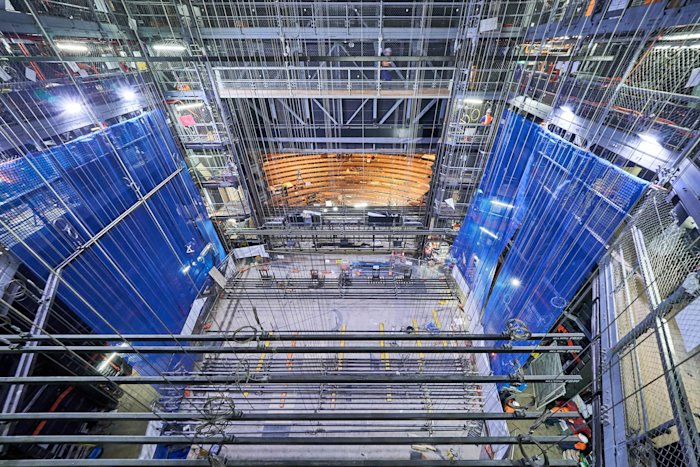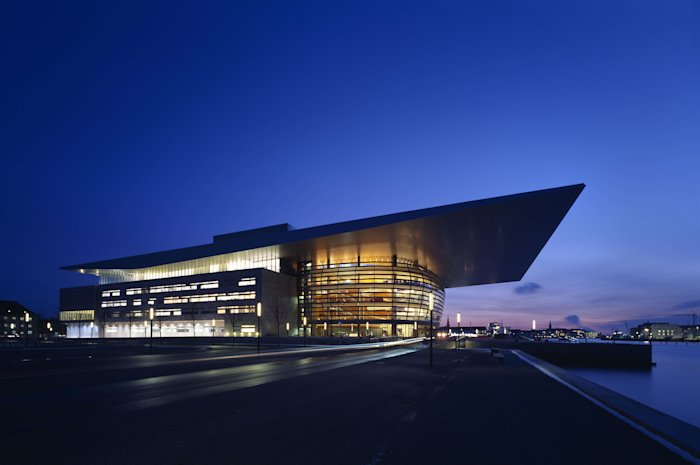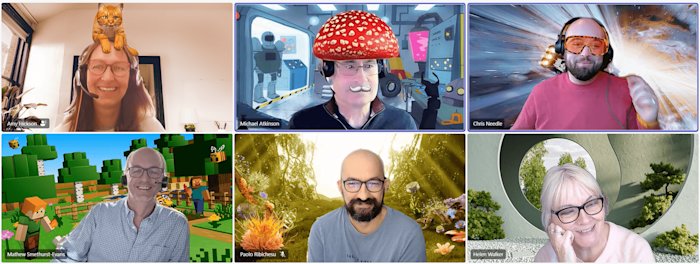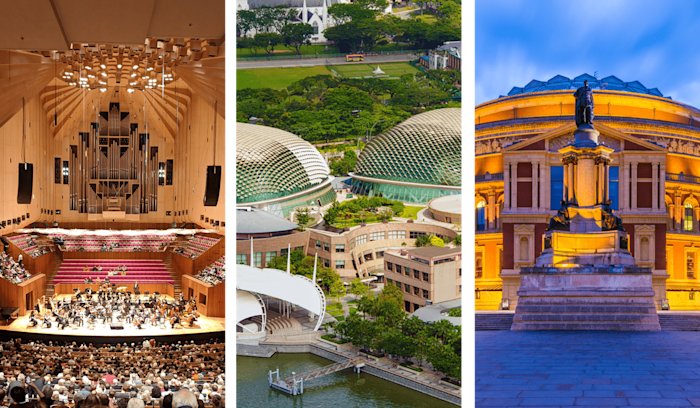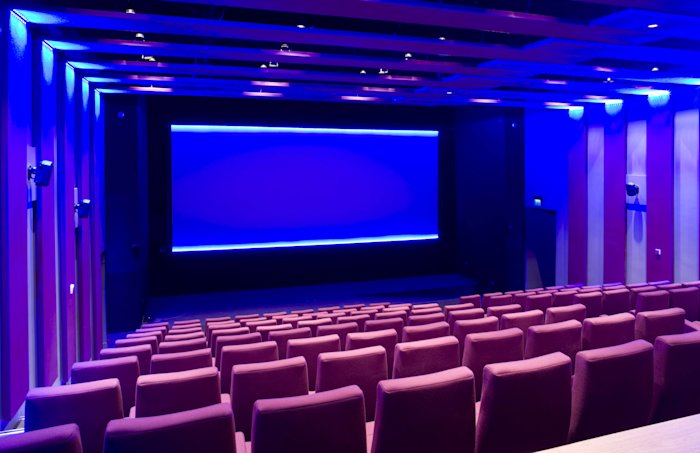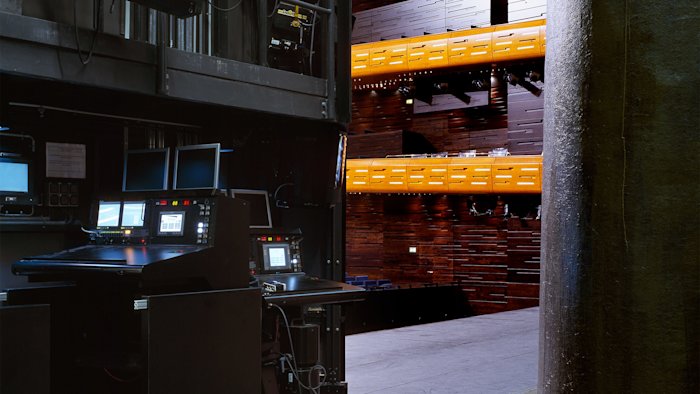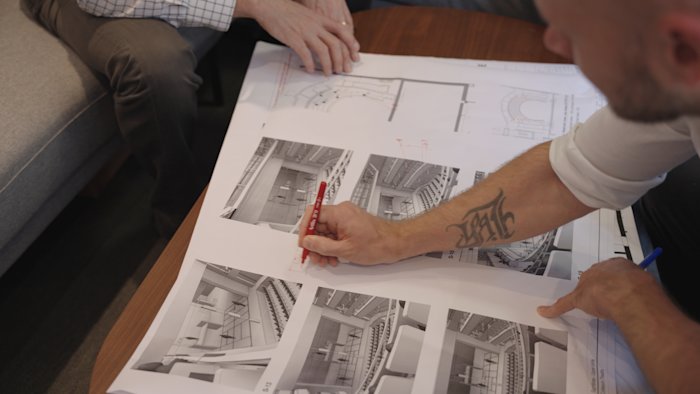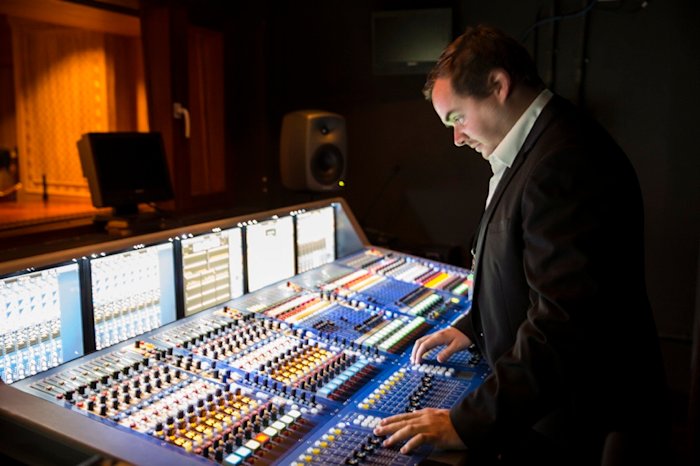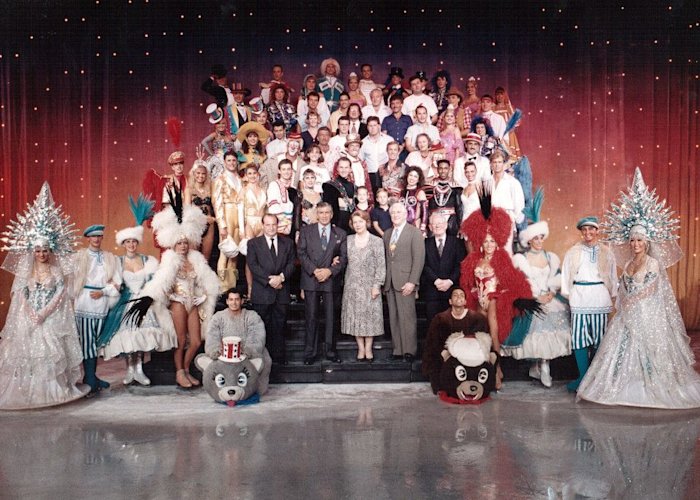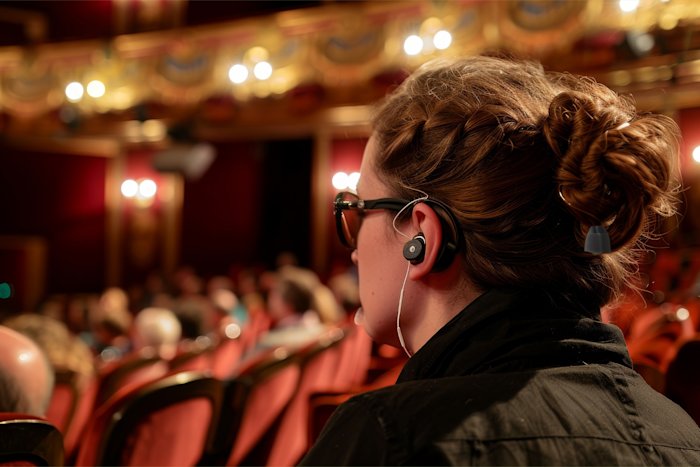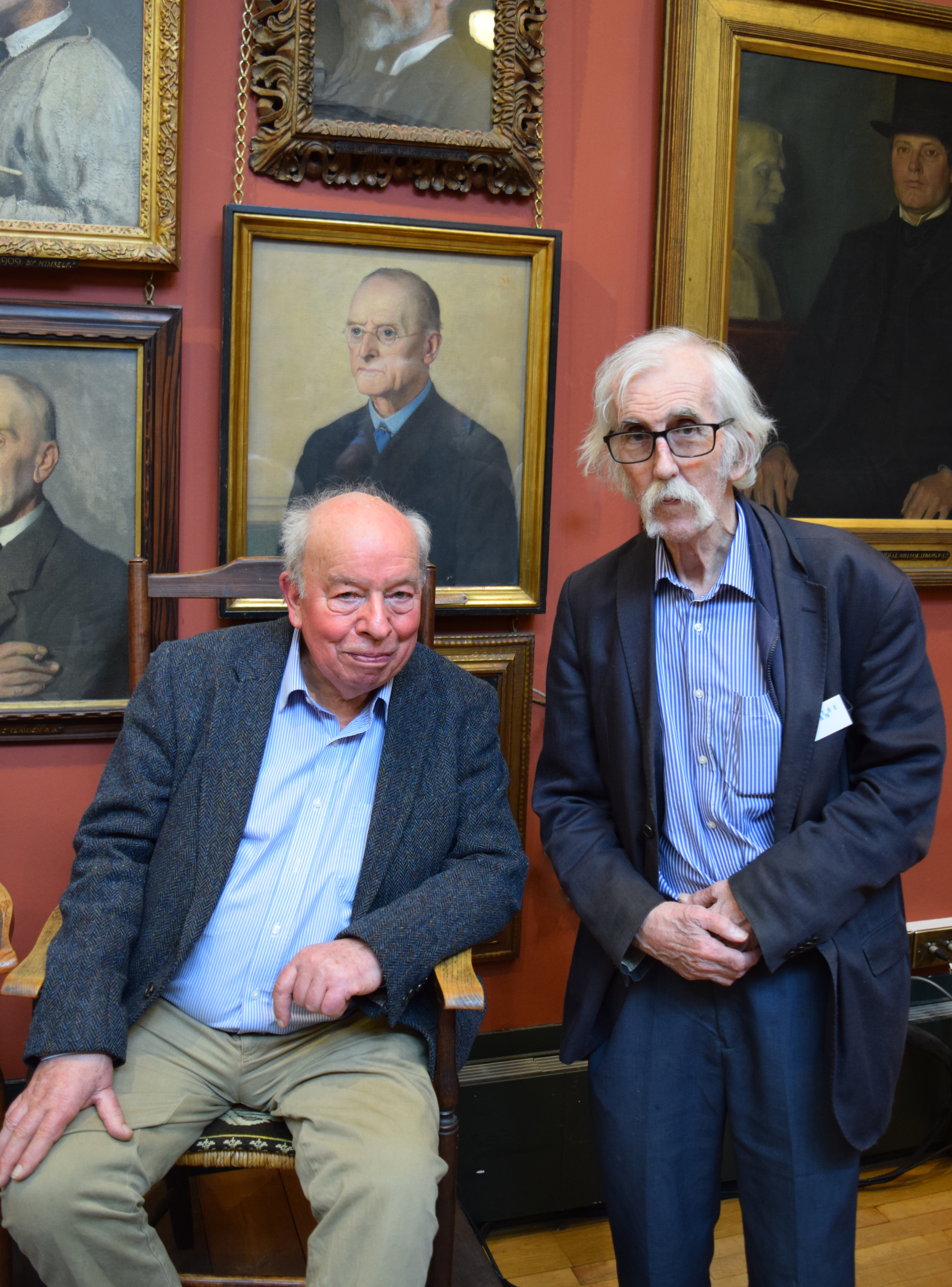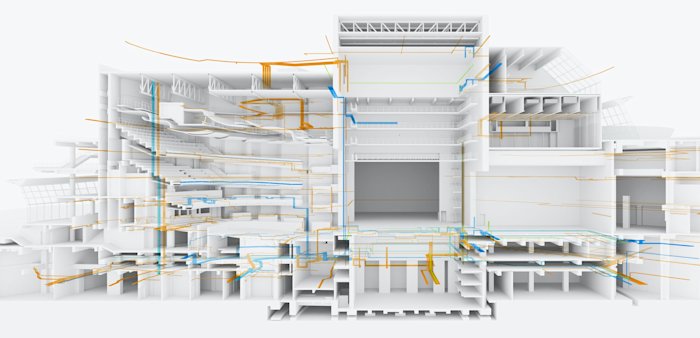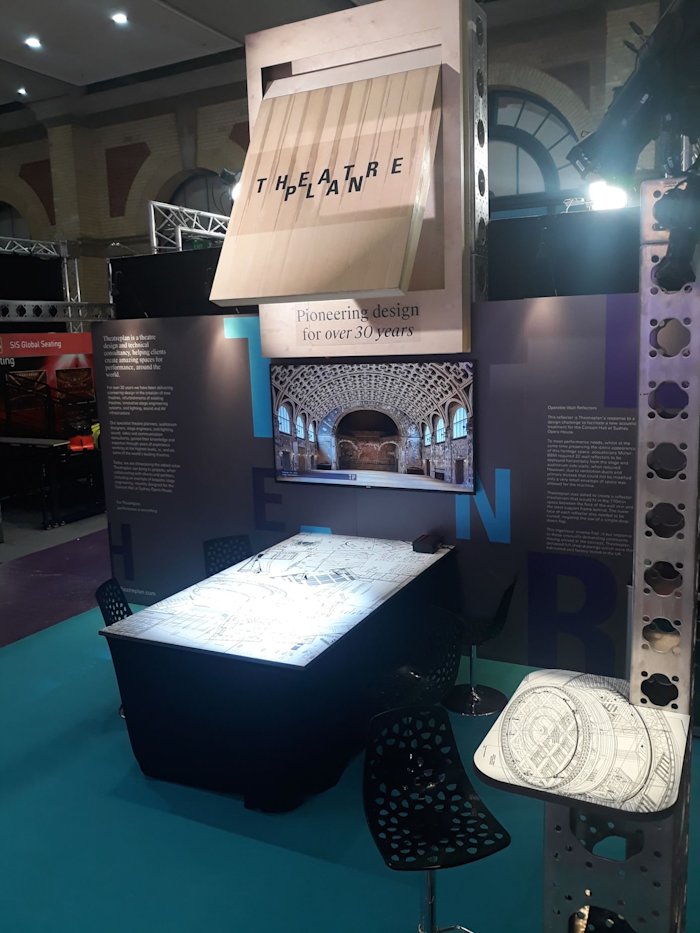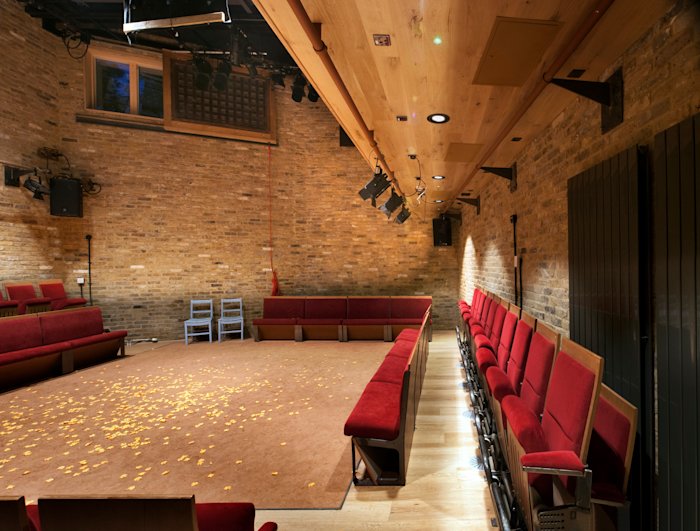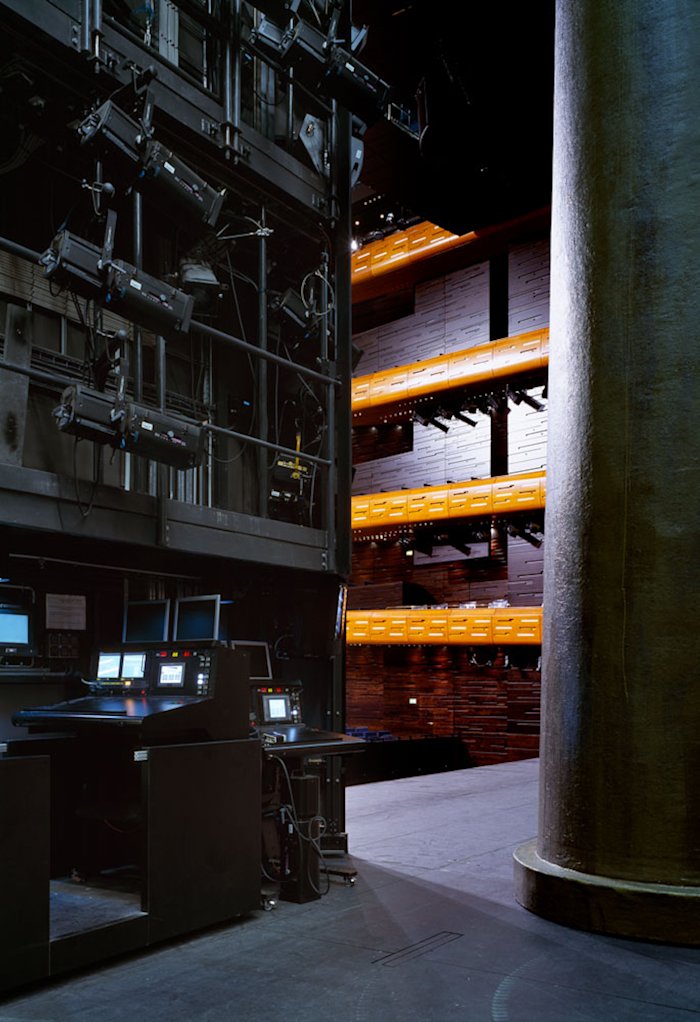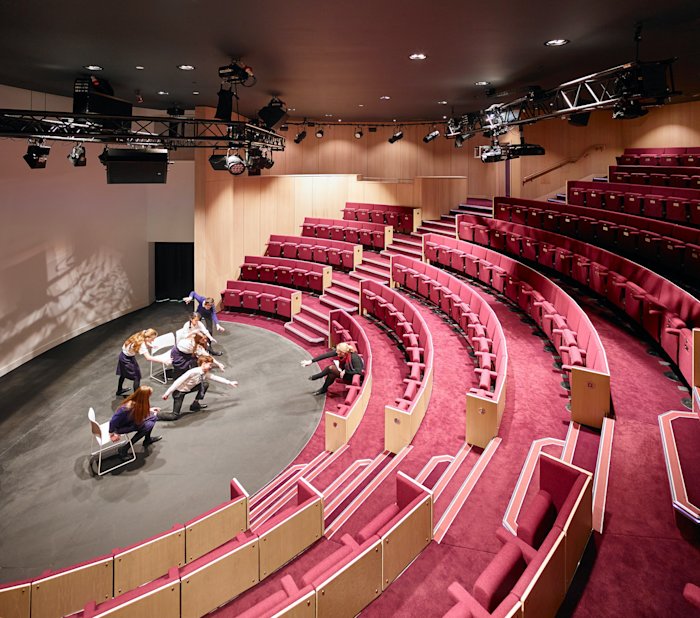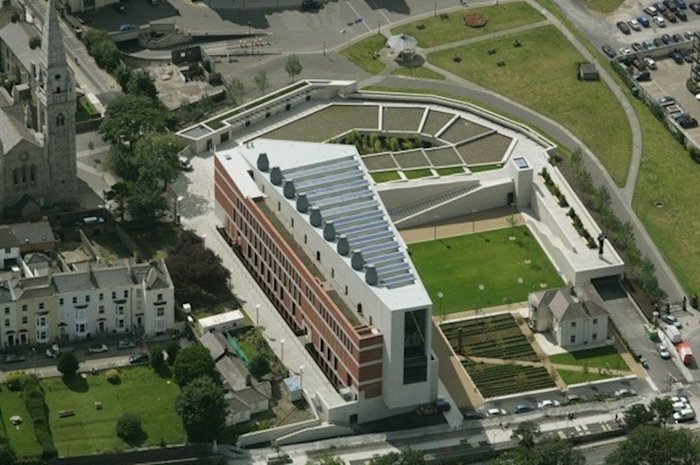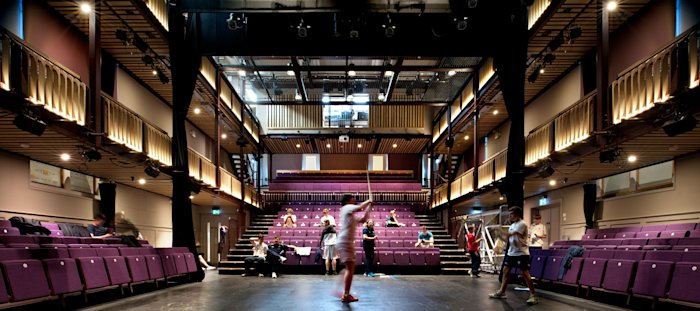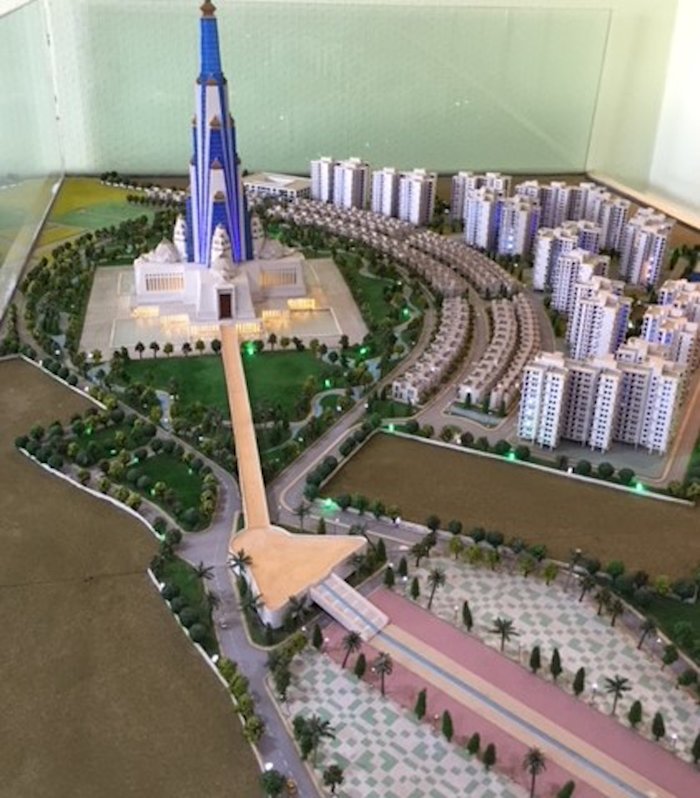A typical day for the theatre consultant

What does my typical workday look like here at Theatreplan? We have a hybrid working structure; usually we work remotely two days a week and in our central London office for three days, when we are not on-site. My office days begin with my alarm at 06:30. Living outside of London means I have a 90-minute commute, with breakfast and a podcast thrown in!
I usually arrive at the office by 09:30, so I grab a cup of coffee while having a quick catch-up with colleagues. Given that we work on projects across various time zones, I often receive emails overnight. Therefore, I spend the first part of my day reading and responding to those queries and requests.
The first meeting of the day might be an internal team meeting for one of our UK projects, where we update on the department's progress. We'll discuss coordinating the loudspeaker design, production lighting, concert acoustic reflectors, and stage engineering rigging positions over the downstage area of the venue to ensure all technical elements work seamlessly together. Following this, I'll spend time updating detailed schematic drawings as the design evolves. These changes will be tracked to ensure they are reflected across all relevant documents.
Before lunch, I have an online meeting with a manufacturer to discuss their product range. Staying updated with new products and technology is crucial, especially since timelines for new and refurbishment projects can span many years. Theatreplan always considers the lifespan of equipment and systems used in our designs, as this can influence future client budget considerations for upgrades, availability of spare and replacement parts, and sustainability impact.
At Theatreplan, we are fortunate to have a diverse range of personalities and experiences, leading to varied and interesting lunchtime conversations. In our communal lunch area, most of the company gather to eat and discuss a dizzying array of topics, usually with plenty of laughs. Conversations could range from stories of previous jobs or shows, recent theatre trips, music, travel, reality TV, jousting, gardening, Doctor Who, football, to thoughts and advice on complex work pieces.
The afternoon starts with an exciting new project kick-off meeting, where we are briefed on the project's history, introduced to other design team members, and informed about our scope of work and internal responsibilities. My last official meeting of the day is for another project, involving bi-weekly design team meetings (DTMs). The full design team participates, providing updates on their work progress, discussing concerns, and coordinating with other consultant teams. We, as the theatre consultant, update on our specialist technical theatre design work, auditorium seating layouts, and stage engineering work, which will require coordination with MEP consultants, fire consultants, acousticians, and architects.
Given the diverse experiences and backgrounds at our company, everyone's opinion and perspective on future projects or solutions to problems are always valued. As the day winds down, one of the directors asks me to review a proposed venue. As someone who has toured extensively, I consider what I would look for if I had to work or tour in the venue.
Not every day is like this; it varies greatly. Some days involve non-stop spreadsheets, CAD drawings, and 3D modelling to build schemes or designs that will then inform those various internal and external team coordination meetings. Other days might include site visits to venues being refurbished, assessing existing facilities and building conditions, and discussing improvements with the client, based on their experience with the building.
Reflecting on my first 12 months as a theatre consultant, my main takeaways are the level of detail required for every decision, the high level of coordination and teamwork needed to successfully deliver projects of this scale, and that no two projects are ever the same! The decisions and choices you make need to be carefully scrutinised and reviewed because clients are spending money on these projects, so it is vital to be able to effectively and robustly speak to and justify your work as what we do today may be in place for 20, 30, or even 50 years. The most satisfying aspect of this job is the lasting positive impact we can have not only on buildings but also on local communities who rely on these places for live events, social, and community activities. This is something we take very seriously and always keep at the forefront of our thinking.
I won’t say that previously I was unaware of all this work, but you certainly gain a new level of respect and appreciation for people who have the vision to get these projects green-lit, the architects, designers, consultants, and contractors who are all working so hard to create something special.
13 August 2025
ContributorChris J
